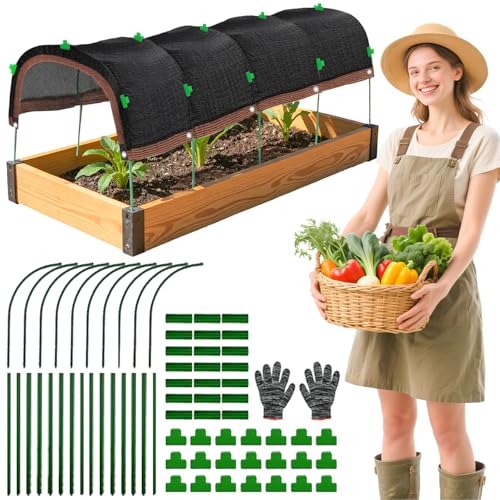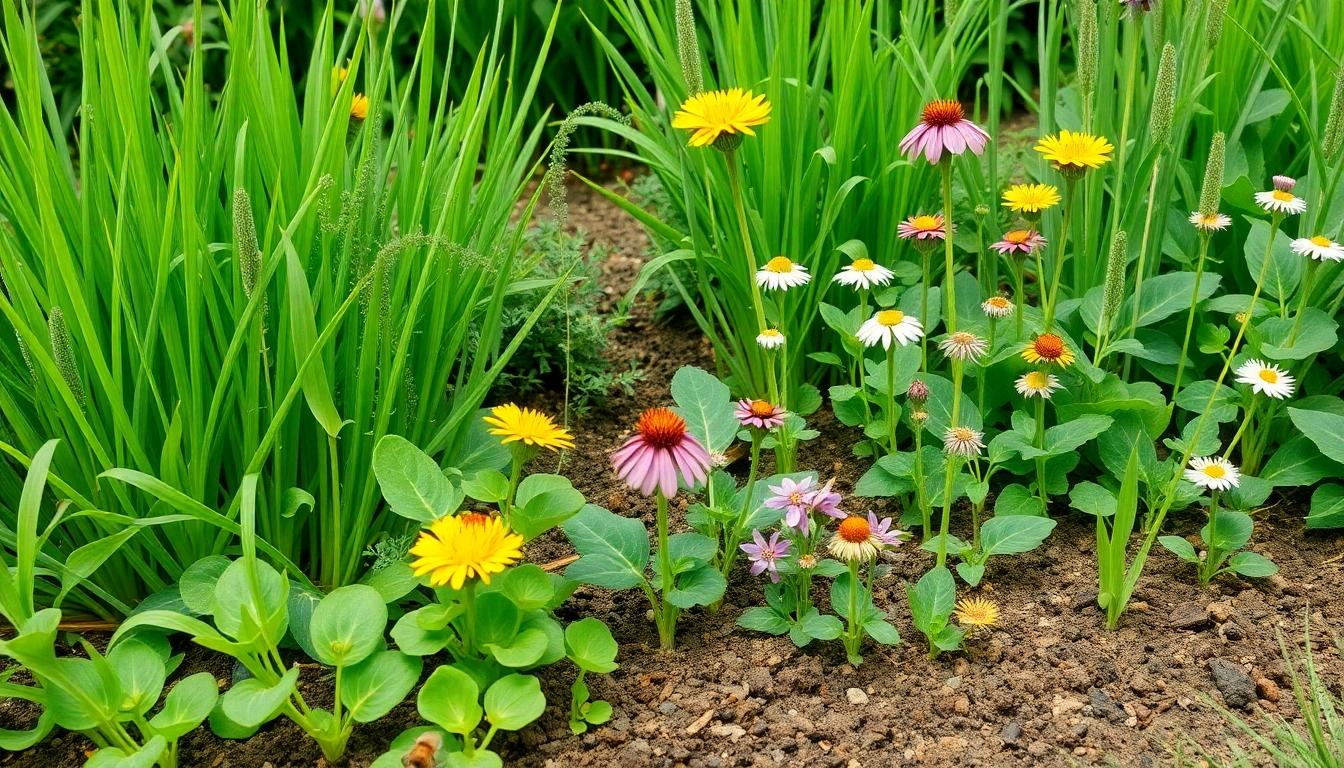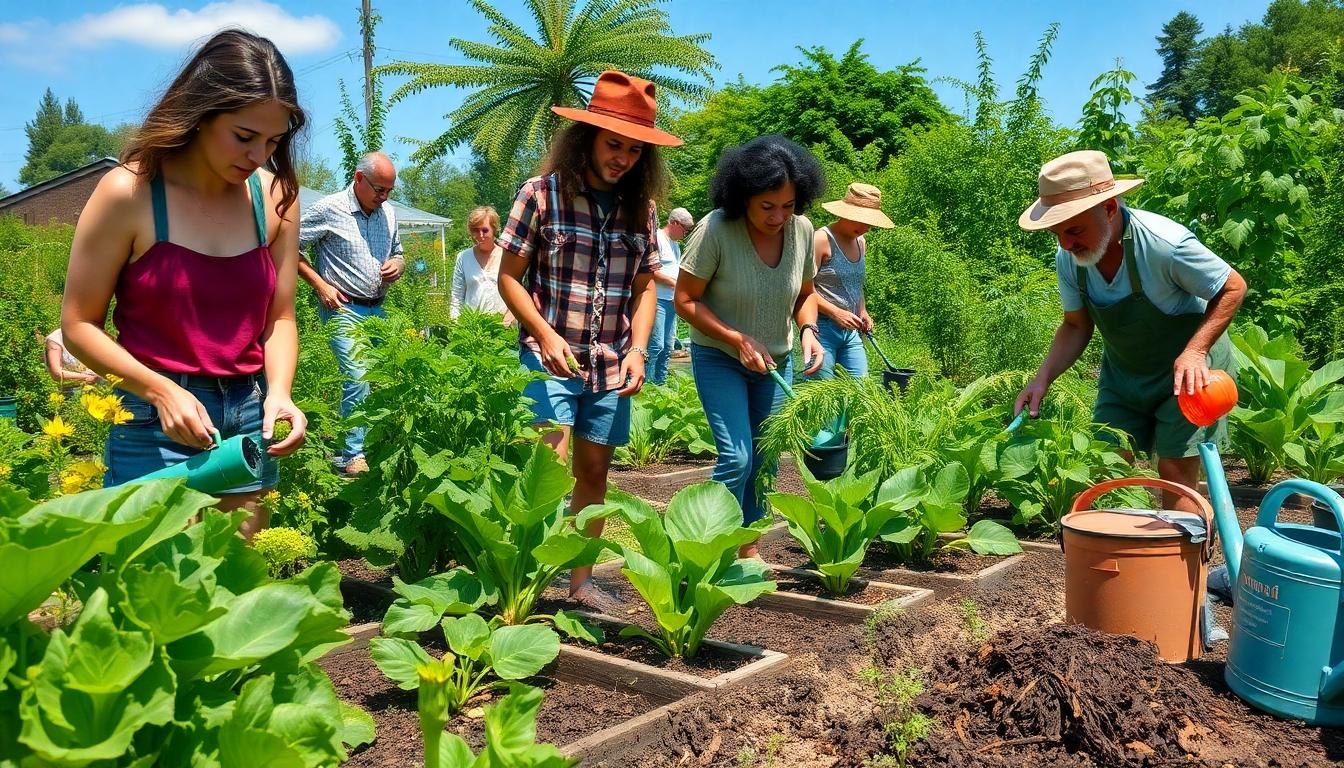July might feel like the peak of summer heat, but it’s actually a prime time to get certain crops into the ground. We’ve discovered that with proper planning, you can enjoy a bountiful late summer and fall harvest by starting now. Don’t let the hot weather fool you—many vegetables thrive when planted in mid-summer!
Whether you’re a seasoned gardener or just starting out, July offers a fantastic opportunity to extend your growing season. We’ll show you exactly which crops to plant this month for optimal results. From quick-growing leafy greens to cool-season vegetables that will mature as temperatures drop, there’s plenty to keep your garden productive well into autumn.
10 Best Vegetables to Sow in July for a Bountiful Late Summer Harvest
1. Kale
Kale thrives when planted in July, offering excellent cold tolerance as temperatures begin to drop later in the season. This nutritional powerhouse grows quickly from seed to harvest in about 50-65 days depending on the variety. For best results, sow kale seeds 1/4 inch deep in well-draining soil enriched with compost. Water consistently during germination and provide partial shade during the hottest part of summer days. Varieties like ‘Lacinato’ and ‘Red Russian’ perform exceptionally well when started in mid-summer for fall harvests.
2. Bush Beans
Bush beans represent perfect July-sown crops that deliver quick harvests in just 45-60 days. These compact plants don’t require staking and produce abundant yields in limited space. Sow seeds directly in the garden 1 inch deep and 3 inches apart, then thin to 6 inches as they grow. Provide full sun and consistent moisture, especially during flowering and pod development. Varieties such as ‘Provider’ and ‘Blue Lake’ withstand summer heat while producing tender, flavorful pods throughout late summer.
3. Carrots
Carrots sown in July develop sweeter flavors as they mature during cooling fall temperatures. These root vegetables need loose, stone-free soil to develop straight, uniform roots. Sow seeds thinly in rows 1/4 inch deep, then cover lightly with soil and keep consistently moist until germination occurs. Thin seedlings to 2 inches apart once they reach 2 inches tall. Shorter varieties like ‘Paris Market’ and ‘Thumbelina’ perform particularly well when planted now for harvest before frost.
4. Beets
Beets offer dual harvests of nutritious roots and delicious greens when planted in July. These versatile vegetables mature quickly in 50-60 days and develop exceptional sweetness in cooler fall conditions. Soak seeds overnight before sowing 1/2 inch deep in fertile, well-draining soil. Thin seedlings to 3-4 inches apart to allow proper root development. Varieties like ‘Bulls Blood’ and ‘Detroit Dark Red’ perform exceptionally well as summer-sown crops and store beautifully after harvest.
5. Swiss Chard
Swiss chard establishes easily from July sowings and continues producing nutritious leaves well into fall. This resilient leafy green tolerates both heat and light frost, making it ideal for transitional season planting. Sow seeds 1/2 inch deep in rich soil, spacing plants 6-12 inches apart after thinning. Harvest outer leaves regularly to encourage continuous production throughout the season. ‘Bright Lights’ and ‘Fordhook Giant’ varieties offer reliable performance and striking garden aesthetics when planted now.
6. Radishes
Radishes reach harvest maturity faster than almost any other vegetable, often ready within 25-30 days of July sowing. These peppery root crops prefer cooler temperatures, making them perfect for late summer planting as nights begin to cool. Sow seeds 1/4 inch deep, 1 inch apart, in loose, fertile soil with consistent moisture. Successive plantings every 1-2 weeks ensure continuous harvests through fall. Try heat-tolerant varieties like ‘French Breakfast’ or ‘White Icicle’ for reliable summer performance.
7. Lettuce
Lettuce grows surprisingly well from July sowings if provided with some afternoon shade and consistent moisture. This salad staple can struggle in peak summer heat but thrives as temperatures moderate toward fall. Scatter seeds lightly over prepared soil and barely cover with a fine layer of compost. Harvest using the cut-and-come-again method for extended yields from a single planting. Heat-resistant varieties like ‘Jericho,’ ‘Nevada,’ and ‘Red Sails’ offer excellent performance when planted during mid-summer.
8. Spinach
Spinach seeds sown in July prepare perfectly for fall harvests as this leafy green prefers cooler growing conditions. The diminishing daylight hours and decreasing temperatures create ideal conditions for sweet, tender leaves. Plant seeds 1/2 inch deep in nitrogen-rich soil, keeping the seedbed consistently moist until germination. Thinning to 3-4 inches between plants allows proper leaf development. Varieties like ‘Bloomsdale’ and ‘Space’ resist bolting and deliver abundant harvests when temperatures drop.
9. Turnips
Turnips mature quickly when sown in July, offering both nutritious roots and tender greens in about 45-60 days. These adaptable vegetables thrive in the transition from summer to fall and develop sweeter flavors after light frosts. Sow seeds directly in the garden 1/4 inch deep, 1 inch apart, in rows spaced 12-18 inches apart. Thin seedlings to 4 inches apart when they reach 2 inches tall. ‘Tokyo Cross’ and ‘Purple Top White Globe’ varieties perform exceptionally well from mid-summer sowings.
10. Cilantro
Cilantro performs surprisingly well from July sowings as it naturally prefers cooler temperatures than summer provides. This aromatic herb typically bolts quickly in heat but settles into steady growth as days shorten toward fall. Sow seeds 1/4 inch deep in rich, well-draining soil with regular moisture during germination. Successive plantings every 2-3 weeks ensure continuous harvests throughout the season. Slow-bolting varieties like ‘Santo’ and ‘Leisure’ offer extended harvest periods when planted during the transition to fall.
Growing Leafy Greens: Spinach, Kale and Lettuce for July Planting
July offers an excellent opportunity to grow nutritious leafy greens that thrive in midsummer conditions. These versatile vegetables can provide continuous harvests well into fall with proper planning.
Quick-Growing Lettuce Varieties Perfect for Mid-Summer Sowing
Lettuce varieties like romaine and loose-leaf make excellent July plantings due to their rapid growth cycle. Planting these quick-growing lettuces every few weeks ensures you’ll enjoy continuous harvests throughout the season. Many gardeners find success with heat-tolerant varieties that won’t bolt immediately in summer temperatures. Loose-leaf varieties particularly excel in July gardens since they can be harvested gradually as needed rather than waiting for a full head to form. Romaine lettuce stands up better to summer conditions than crisphead varieties, making it a smart choice for midsummer sowing.
Nutrient-Rich Kale and Spinach: Ideal July Crops
Kale thrives when planted in July, establishing strong roots during late summer that support abundant fall harvests. This cold-hardy leafy green continues producing well into cooler weather, often improving in flavor after light frosts touch its leaves. Spinach seeds perform excellently in cooler regions during midsummer, though they tend to bolt quickly in excessive heat. Gardeners in milder summer climates will find July-planted spinach produces tender leaves perfect for salads and cooking. Both greens offer exceptional nutritional value, packing vitamins and minerals that support overall health. Planting these nutrient powerhouses in July means you’ll enjoy fresh, homegrown greens when many other garden vegetables have finished producing.
Root Vegetables That Thrive When Planted in July
While July’s heat might seem challenging for gardening, it’s actually an ideal time to plant several root vegetables for fall harvests. These underground treasures establish themselves during the warm weather and mature as temperatures cool.
Radishes: The Fastest Growing July Crop
Radishes stand out as the quickest maturing option for July planting, often ready to harvest in just 3-4 weeks. These heat-tolerant vegetables thrive when sown directly in summer soil, making them perfect for gardeners wanting rapid results. Small varieties like Cherry Belle provide almost instant gratification with their crisp texture and peppery flavor. For those looking toward fall harvests, larger Daikon radishes are ideal for late-summer planting, developing substantial roots as temperatures begin to drop. We recommend succession planting radishes every 7-10 days throughout July to ensure continuous harvests well into autumn. Their ability to mature quickly makes them one of the most reliable crops for mid-summer sowing.
Carrots and Beets for Fall Harvests
Carrots sown in July reward gardeners with sweet, tender roots come fall. Well-drained soil is essential for developing straight, uniform carrots without forking or splitting. Shorter varieties such as Nantes mature in approximately 70 days, fitting perfectly into the growing window before frost arrives. Gardeners in colder zones should consider providing protection for longer-maturing carrot types if early frosts threaten their harvest.
Beets offer remarkable versatility when direct-sown in July, reaching maturity in 50-65 days. Detroit Dark Red beets particularly excel in warm summer soil conditions, producing deep crimson roots with exceptional flavor. One important advantage of July-planted beets is their dual-purpose nature—gardeners can harvest both nutritious leafy greens and flavorful roots from the same plants. We recommend thinning seedlings to 3-4 inches apart once they emerge, using the baby greens in summer salads while allowing the remaining plants to develop their roots fully for autumn harvesting. Their ability to thrive in cooling temperatures makes them ideal candidates for midsummer planting.
Herbs to Sow in July for Fresh Flavors Year-Round
July offers an excellent opportunity to expand your herb garden with flavorful additions that will enhance your culinary creations throughout the seasons. Even though the summer heat, several herbs thrive when planted during this month and can provide fresh flavors well into fall and beyond.
Heat-Loving Basil and Cilantro Varieties
Basil varieties flourish when sown in July’s warm conditions, particularly heat-loving types like Dark Purple Opal Basil that add both flavor and visual appeal to your garden. This aromatic herb grows quickly in summer temperatures and can be harvested repeatedly throughout the season for fresh pesto, salads, and Mediterranean dishes. Propagating basil is remarkably simple—just root stems in water for additional plantings throughout summer, maximizing your yield from a single plant.
Cilantro deserves special attention in your July planting schedule, especially bolt-resistant varieties like Slo Bolt Cilantro. This particular cultivar offers impressive resistance to premature flowering, a common problem during hot weather that can cut short your cilantro harvest. Growing cilantro in July allows you to enjoy its distinctive flavor in late summer salsas, Asian dishes, and Mexican cuisine when store-bought herbs often lack freshness and aroma.
Perennial Herbs to Start in Mid-Summer
Dill thrives when planted in July’s warm soil, quickly developing its distinctive feathery foliage that’s perfect for fish dishes, pickles, and salad dressings. Starting dill now ensures a steady supply of fresh fronds for summer cooking and seed heads for fall pickling projects. The plant’s quick growth makes it an ideal mid-summer addition that provides almost immediate returns on your gardening efforts.
While not all perennial herbs are specifically recommended for July planting, this transitional period works well for establishing certain varieties that can withstand both summer heat and approaching cooler temperatures. Herbs started in July benefit from warm soil for quick germination while having sufficient time to develop strong root systems before fall. Strategic placement in partially shaded areas can protect young herb seedlings from intense summer sun while allowing them to establish themselves for years of flavorful harvests.
Brassicas: Broccoli, Cauliflower and Cabbage for July Planting
July presents an ideal opportunity to plant brassica vegetables for a productive fall harvest. These nutrient-rich crops establish well during late summer when planted with proper timing and protection.
Timing Your Brassica Planting for Fall Harvest
Starting brassica transplants indoors about 8 weeks before your area’s first expected frost date guarantees optimal growth cycles. In cooler climates, mid-summer planting allows broccoli, cauliflower, and cabbage to reach maturity before frost arrives. We recommend beginning these vegetables indoors during July, then transferring them outdoors once temperatures become more moderate. This strategic timing enables plants to develop strong root systems while avoiding the stress of peak summer heat. Your fall garden will benefit tremendously from these nutritious vegetables that thrive as temperatures gradually decrease.
Protecting Young Brassica Plants from Summer Heat
Young brassica seedlings require protection from July’s intense heat to prevent stress and premature bolting. Providing afternoon shade using row covers or shade cloth creates a microclimate that shields delicate plants from the harshest sun exposure. Many experienced gardeners place these protective barriers on the western side of plantings where afternoon sun intensity peaks. Regular deep watering helps maintain soil moisture levels critical for healthy development during hot periods. Mulching around brassica plants with straw or compost further regulates soil temperature and prevents moisture loss. These protection strategies ensure your broccoli, cauliflower, and cabbage establish properly during summer for abundant fall harvests.
Beans and Peas: Fast-Growing Protein Sources to Plant in July
July offers an excellent opportunity to sow beans and peas for a nutritious late-season harvest. These legumes provide valuable protein and can be quick to mature when the right varieties are selected.
Bush Beans vs. Pole Beans for Late Sowing
Bush beans stand out as the ideal choice for July planting, maturing in just 50-60 days with no support structures required. Their compact growth habit makes them perfect for small gardens while still delivering impressive yields of 10-20 pounds per 10-foot row. For continuous harvests, we recommend succession planting every 2-3 weeks throughout July to ensure beans keep coming until frost.
Pole beans take longer to mature (60-90 days) but offer sustained production once they begin fruiting. These vertical growers require sturdy support like trellises or cattle panels to climb, making them excellent space-savers in the garden. In moderate climates, pole beans sown in July will continue producing until the first frost arrives, eventually yielding more beans over time than bush varieties. The vertical growing pattern also makes harvesting easier and keeps pods cleaner than ground-level bush beans.
Quick-Harvest Pea Varieties for Summer Planting
Peas typically prefer cooler weather, but certain varieties can succeed when planted in July if temperatures remain below 80°F. Dwarf varieties and heat-tolerant cultivars like ‘Wando’ and ‘Sugar Sprint’ offer the best chances of success, maturing in approximately 60-70 days. These varieties require consistent soil moisture and benefit greatly from afternoon shade during the hottest part of summer.
Snap peas often perform better than traditional garden peas when planted in July’s warmth. Their edible pods develop quickly, providing a nutritious harvest before cool weather arrives. For successful July pea plantings, we recommend creating cool microclimates using shade cloth or by planting on the north side of taller crops. Mulching heavily around young pea plants helps maintain soil moisture and regulate temperature, giving these cool-season crops a fighting chance during summer’s heat.
Extending Your Growing Season: Cover Crops to Sow in July
July offers an excellent opportunity to sow cover crops that enhance soil health and productivity during the summer months. Cover crops not only protect your soil but also improve its structure and fertility for future plantings. Let’s explore some of the best options for summer cover cropping.
Recommended Summer Cover Crops
- Buckwheat: This fast-growing cover crop matures in just four to six weeks, making it perfect for quick soil improvement. Buckwheat excels at attracting beneficial pollinators to your garden while scavenging phosphorus from the soil, effectively making this nutrient more available for subsequent crops. We’ve found it particularly useful in areas that need rapid soil conditioning.
- Sunn Hemp: Thriving in hot summer conditions, this tropical legume reaches maturity in eight to twelve weeks. Sunn hemp serves as an excellent nitrogen fixer, naturally enriching your soil while simultaneously suppressing harmful parasitic nematodes. Its deep roots help break up compacted soil layers.
- Iron Clay Peas (Cowpeas): These drought-tolerant legumes perform admirably in summer heat, fixing 130-200 pounds of nitrogen per acre. Iron Clay peas establish quickly and continue growing through the hottest parts of summer, making them an invaluable addition to your summer cover crop rotation.
- Soybeans: Another nitrogen-fixing powerhouse, soybeans establish quickly and effectively compete with weeds. Their ability to tolerate short drought periods makes them especially practical for summer cover cropping when rainfall may be inconsistent.
- Clovers: White clover, medium red clover, and crimson clover can be sown almost any time, but late summer provides ideal conditions for these versatile cover crops. These varieties not only fix nitrogen but also attract beneficial insects that can help control garden pests naturally.
Benefits of Summer Cover Crops
- Soil Health Improvement: Cover crops significantly enhance soil organic matter content and structure, creating better growing conditions for future vegetables and herbs.
- Weed Suppression: Many summer cover crops grow densely enough to effectively crowd out and suppress unwanted weeds, reducing the need for herbicides or extensive hand weeding.
- Pollinator Support: Plants like buckwheat produce abundant flowers that attract bees and other beneficial insects, boosting pollination throughout your garden network.
- Nitrogen Fixation: Leguminous cover crops such as cowpeas and soybeans form relationships with soil bacteria that convert atmospheric nitrogen into plant-available forms, naturally fertilizing your garden beds.
By incorporating these cover crops into your July planting schedule, we can help ensure your soil remains productive and healthy throughout the summer and into fall. This approach creates the perfect foundation for your later plantings while contributing to the overall sustainability of your garden.
Tips for Successful July Sowing in Different Climate Zones
Warm Climate Zones (Zones 7-10)
In warmer regions, July temperatures can soar well above 90°F, creating challenging conditions for many plants. Focus on heat-tolerant varieties like okra, which thrives in hot weather and grows quickly in temperatures of 90°F or higher. Black-eyed peas offer another excellent option for warm climate gardeners, as these legumes excel in hot conditions where other plants might struggle. Peppers planted from transplants now can still produce a harvest before the first frost arrives.
Morning watering becomes essential in these zones to reduce evaporation and prevent leaf scorch. Consider creating afternoon shade with row covers or shade cloth to protect sensitive seedlings from intense afternoon sun. Mulching heavily with organic materials will help maintain soil moisture and moderate soil temperatures for newly planted seeds and transplants.
Moderate Climate Zones (Zones 5-6)
Moderate zones offer the perfect opportunity to plant both warm-season and cool-season crops in July. Bush beans make an excellent choice as they mature quickly and can be harvested before fall temperatures arrive. Cucumbers planted now will continue producing until the first frost, maximizing your growing season. Short-season tomato varieties can still be started in these zones for a late harvest.
We recommend succession planting of radishes and other quick-growing vegetables every 7-10 days throughout July to ensure continuous harvests into fall. Prepare for the transition to cooler weather by starting seeds for fall crops like kale, broccoli, and Brussels sprouts, which can be transplanted as temperatures begin to drop. Water deeply but less frequently to encourage deep root growth in these transitional conditions.
Cool Climate Zones (Zones 3-4)
Cooler northern regions should focus primarily on fast-maturing crops and fall vegetables during July. Kale planted in mid-July to mid-August will yield excellent harvests in fall and winter, becoming sweeter after light frosts. Broccoli starts can be planted now for a productive autumn harvest when cooler temperatures arrive.
Daikon radishes seeded in late July will mature quickly even as temperatures cool. Chinese cabbage varieties planted at the end of July will thrive as summer transitions to fall. Use season extension techniques like cold frames or row covers to protect young seedlings from unexpected temperature fluctuations. Adding compost to planting areas will help retain soil warmth in these cooler regions, supporting seedling development as days begin to shorten.
Universal July Sowing Tips
Regardless of your climate zone, certain practices will improve success rates for July plantings. Herbs like basil, dill, and cilantro can be sown in most regions during July, providing fresh flavors for summer meals. These aromatic plants thrive in the warm soil conditions typical of mid-summer.
Deep watering in the early morning hours helps plants establish strong root systems even though summer heat. Applying a layer of light-colored mulch reflects sunlight and keeps soil temperatures moderate around newly planted seeds. Monitor rainfall patterns carefully, as July can bring both drought conditions and sudden downpours depending on your location. Adjusting your watering schedule accordingly will prevent stress on young plants during this critical establishment period.
Common Mistakes to Avoid When Planting Crops in July
July gardening presents unique challenges due to hot summer conditions, but avoiding these common mistakes will help ensure your late-season crops thrive:
- Inadequate Soil Preparation
Poor soil preparation can doom your July plantings before they even start. We recommend thoroughly amending your soil with compost and organic matter to improve both drainage and water retention capabilities. Garden beds that have already produced spring crops may be depleted of essential nutrients, so replenishing these nutrients is critical for successful successive plantings.
- Insufficient Watering Practices
July heat demands consistent moisture for newly planted seeds and seedlings. We’ve found that deep, thorough watering early in the morning works best for establishing July crops. Many gardeners underestimate how quickly soil can dry out during summer months, leading to stunted growth or complete crop failure. Consider setting up a drip irrigation system to maintain even soil moisture without encouraging fungal issues.
- Selecting Inappropriate Varieties
Not all crop varieties can handle the stress of mid-summer planting. Heat-tolerant cultivars are essential in warmer regions, while areas with cooler summers benefit from standard varieties. When choosing brassicas like broccoli and cabbage for July planting, select varieties specifically bred for heat resistance. Similarly, leafy greens such as arugula and spinach have bolt-resistant options that perform better during this challenging month.
- Neglecting Support Structures
Climbing plants struggle without proper support systems in place. We recommend installing trellises or other support structures at planting time for crops like cucumbers and pole beans. Adding supports after plants have begun growing can damage delicate root systems and create unnecessary stress on plants already coping with summer heat conditions.
- Overlooking Pest and Disease Management
July brings peak insect activity and disease pressure in many regions. Regular monitoring for common summer pests is crucial for protecting your newly planted crops. Many gardeners forget that young seedlings are particularly vulnerable to pest damage, so implementing preventative measures like row covers can provide valuable protection. Maintaining adequate spacing between plants also improves air circulation, reducing the risk of fungal diseases that thrive in hot, humid conditions.
Essential Care Techniques for July-Sown Crops
July offers a perfect opportunity to extend your growing season with strategic planting. By selecting appropriate varieties and providing proper care your garden can continue producing well into fall. Remember to water deeply during morning hours protect seedlings from intense afternoon sun and monitor for pests regularly.
Whether you’re sowing quick-growing radishes heat-loving herbs or nutrient-rich leafy greens July planting rewards gardeners willing to brave the summer heat. With our recommended crops and care techniques you’ll enjoy fresh harvests long after summer fades. Don’t let July pass without taking advantage of this valuable growing window!
Frequently Asked Questions
What vegetables can I plant in July?
You can plant several vegetables in July for a late summer or fall harvest. Best options include kale, bush beans, carrots, beets, Swiss chard, radishes, lettuce, spinach, turnips, and cilantro. Many of these are quick-growing crops that will mature as temperatures begin to cool, providing a continuous harvest into autumn.
How do I protect July plantings from summer heat?
Protect your July plantings by watering deeply in the morning, applying light-colored mulch to keep soil cool, providing afternoon shade for sensitive seedlings, and choosing heat-tolerant varieties. For delicate crops, consider using shade cloth during the hottest part of the day and maintain consistent soil moisture through regular watering.
Are leafy greens suitable for July planting?
Yes, leafy greens like lettuce, kale, and spinach are excellent for July planting, especially quick-growing varieties. Romaine and loose-leaf lettuce provide continuous harvests, while kale establishes strong roots for abundant fall yields. In warmer regions, provide partial shade to prevent bolting and choose heat-resistant varieties for best results.
Which root vegetables grow well when planted in July?
Radishes, carrots, and beets thrive when planted in July. Radishes mature quickly (3-4 weeks) and are perfect for succession planting. Shorter carrot varieties like Nantes work well for fall harvests. Beets provide both nutritious greens and roots. Ensure well-drained soil for carrots and thin beet seedlings properly for maximum yield.
What herbs can I plant in July?
Heat-loving herbs like basil and cilantro are ideal for July planting. Dark Purple Opal basil grows quickly in warm conditions, while bolt-resistant cilantro varieties such as Slo Bolt resist premature flowering. Dill is also suitable for mid-summer planting, providing fresh foliage for summer dishes and seeds for fall pickling projects.
How should I plant brassicas in July?
Start brassica transplants (broccoli, cauliflower, cabbage) indoors about eight weeks before your first expected frost date. When transplanting outdoors, provide afternoon shade and maintain consistent soil moisture through deep watering and mulching. These protective measures help young plants establish before producing nutritious fall harvests.
Can I plant beans and peas in July?
Yes, beans and peas can be planted in July. Bush beans mature quickly (45-60 days) and require no support, while pole beans take longer but offer sustained production. For peas, choose heat-tolerant varieties and create cooler microclimates by providing partial shade. Succession planting with bush beans ensures continuous harvests.
What are cover crops and should I plant them in July?
Cover crops are non-harvested plants that improve soil health. July is ideal for planting summer cover crops like buckwheat, sunn hemp, and clover. Benefits include improved soil structure, nitrogen fixation, weed suppression, and attracting pollinators. They create a sustainable foundation for future plantings while protecting and enhancing your garden soil.
How do watering needs differ for July plantings?
July plantings require more frequent and deeper watering than spring crops due to increased heat and evaporation. Water deeply in the morning (not evening) to prevent fungal issues. Apply mulch to retain moisture and monitor soil regularly, as newly germinated seedlings are particularly vulnerable to drying out in summer conditions.
What are common mistakes to avoid when planting in July?
Common July planting mistakes include inadequate soil preparation, inconsistent watering, choosing inappropriate varieties, neglecting support structures, and overlooking pest management. Amend soil with compost, maintain consistent moisture, select heat-resistant varieties, provide proper support for climbing plants, and monitor regularly for pests and diseases.

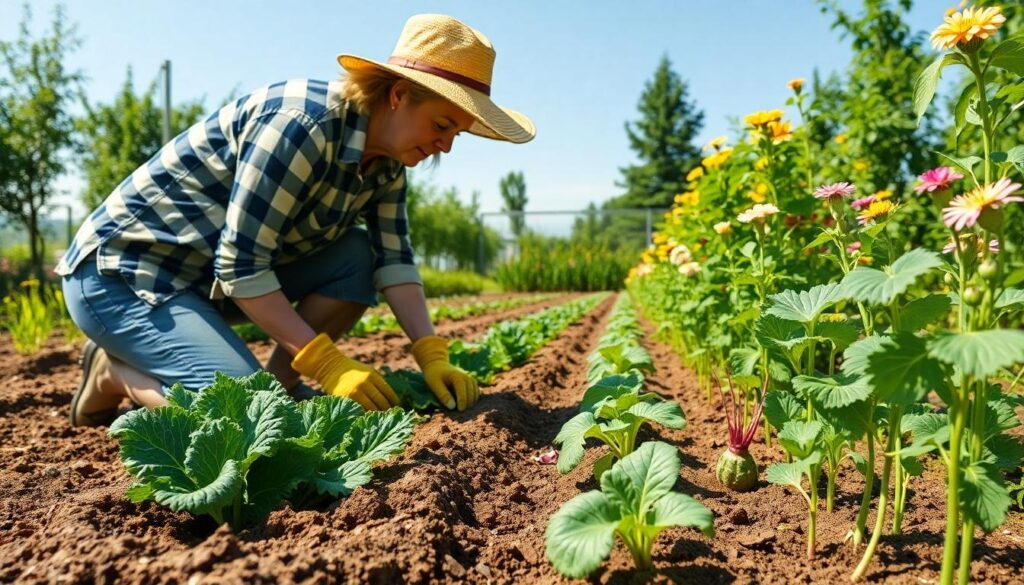






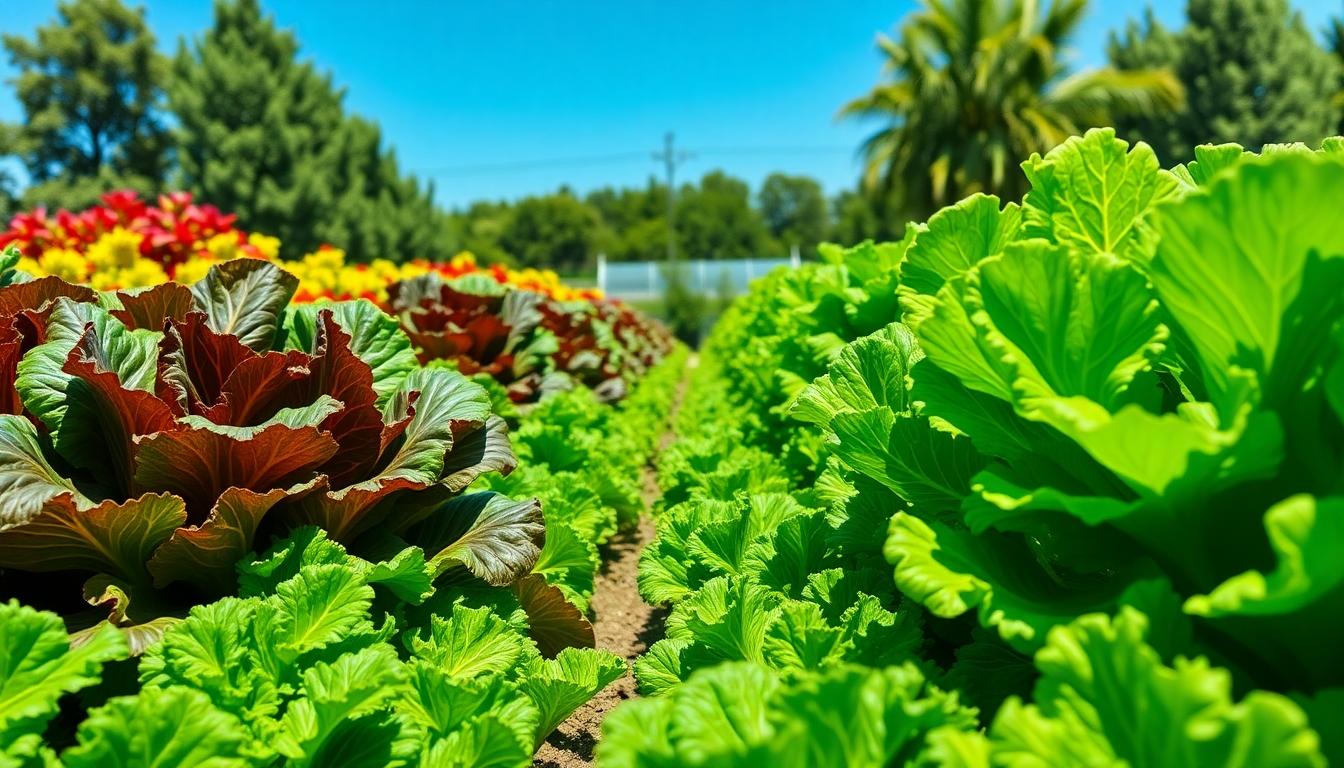
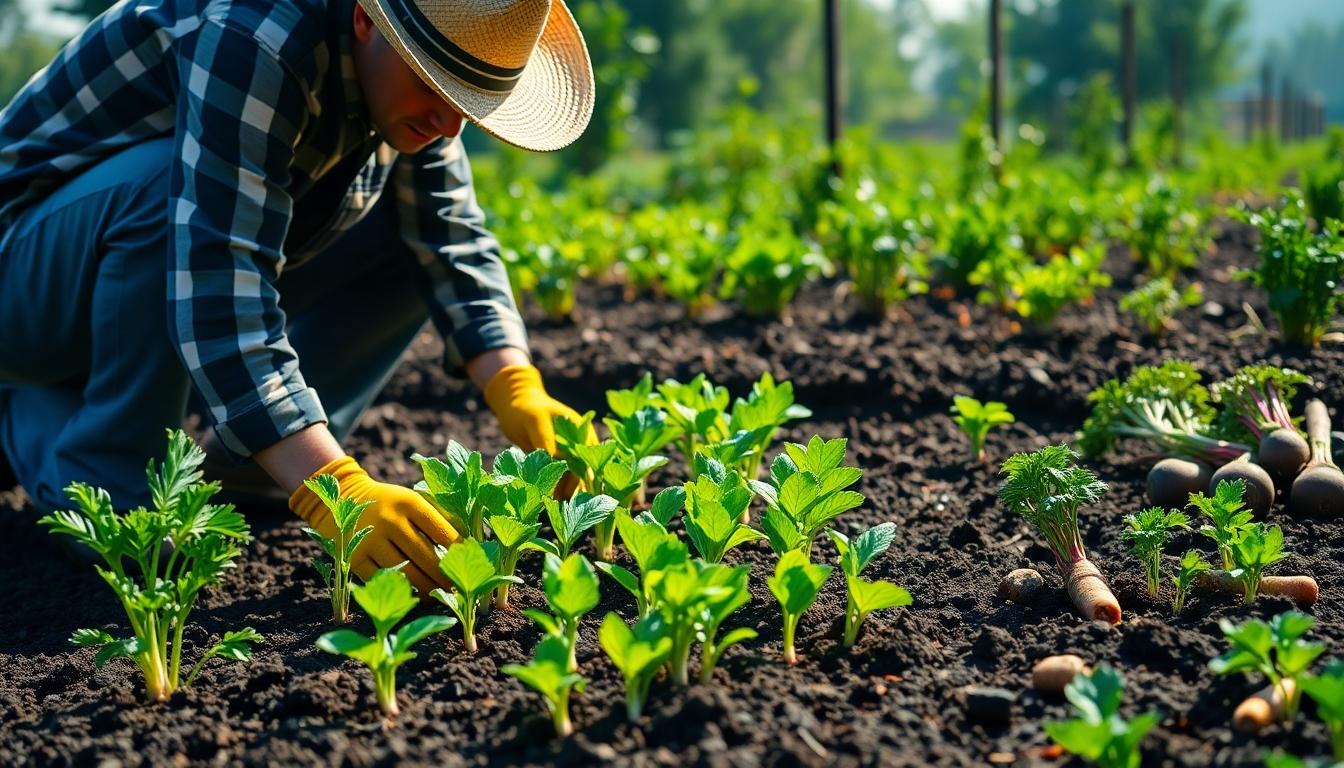






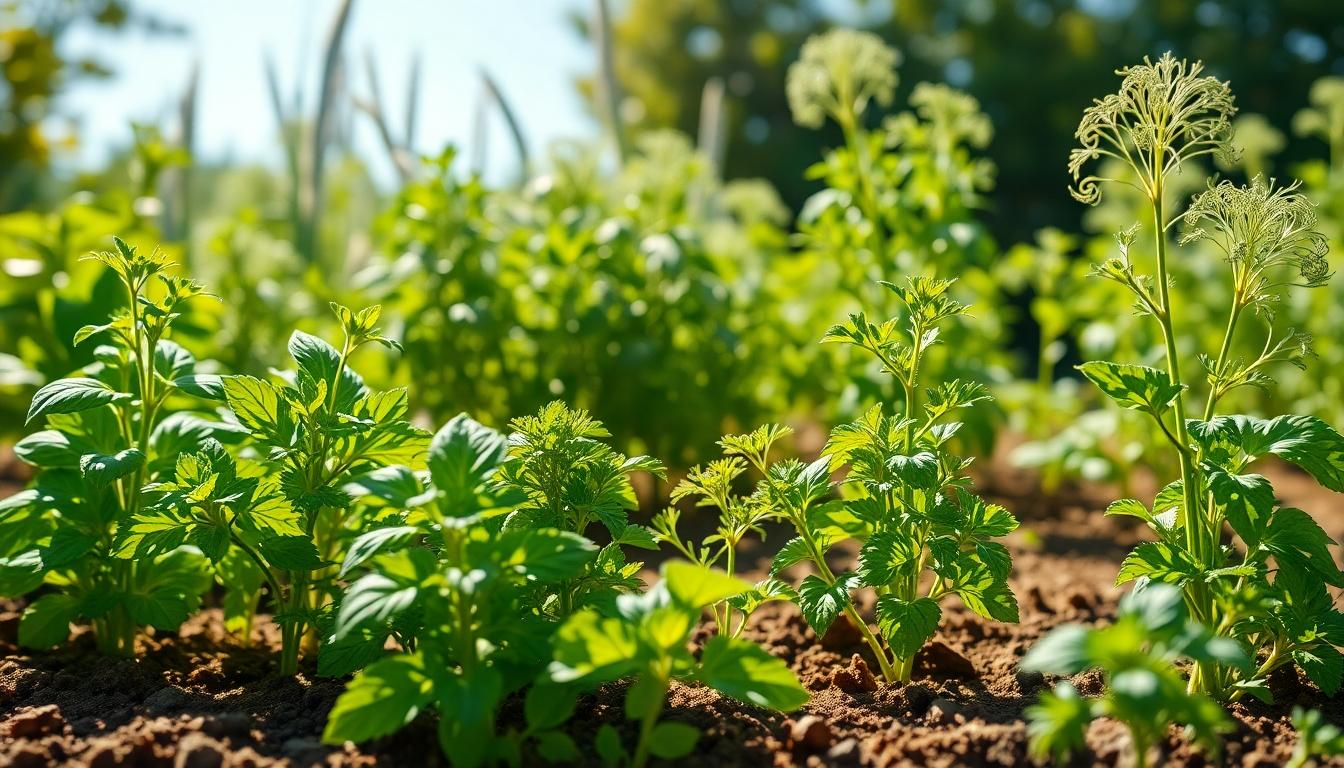
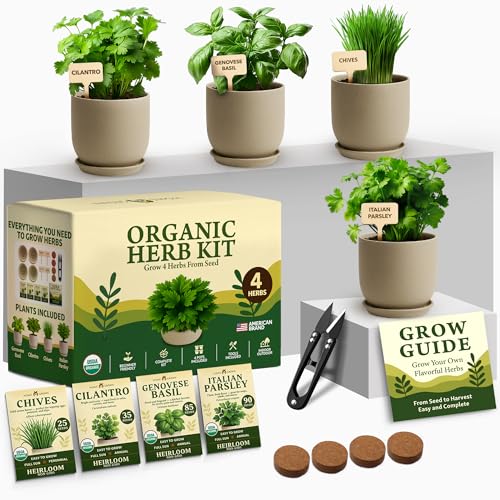





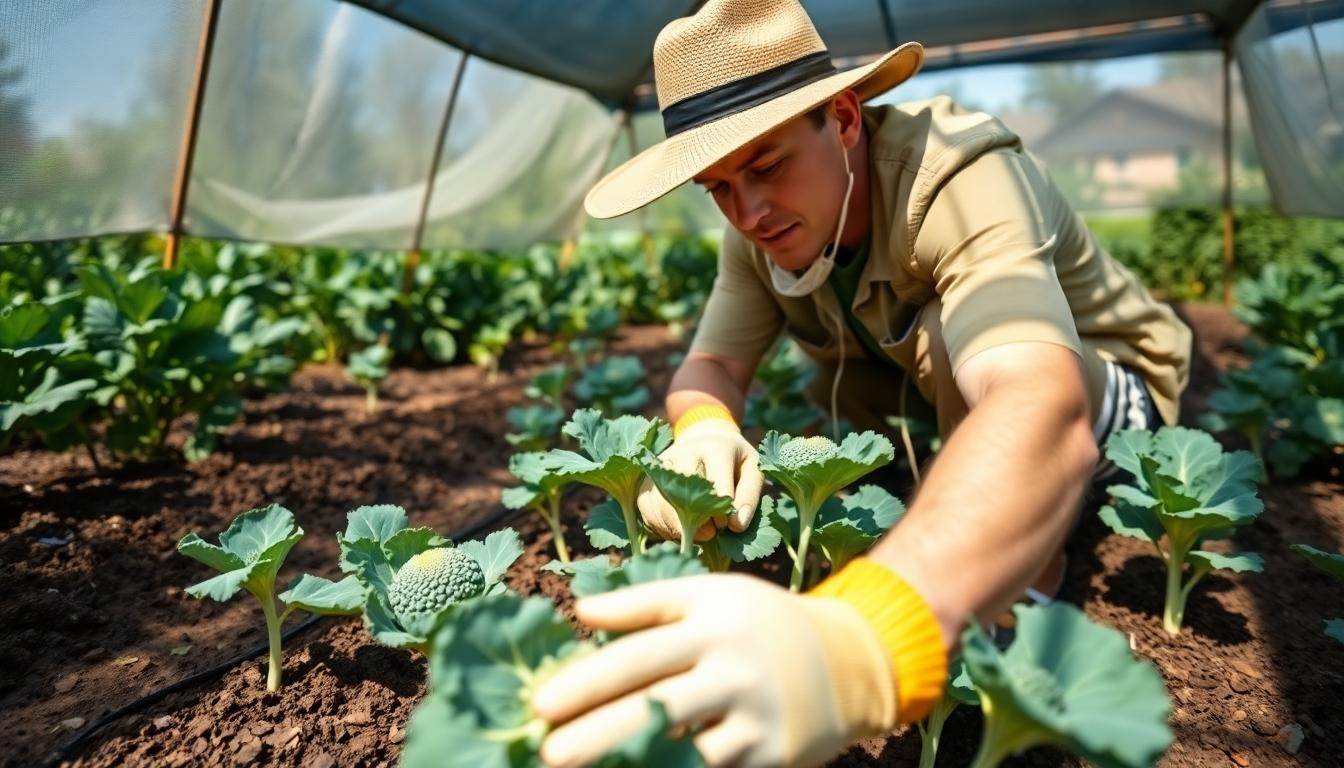






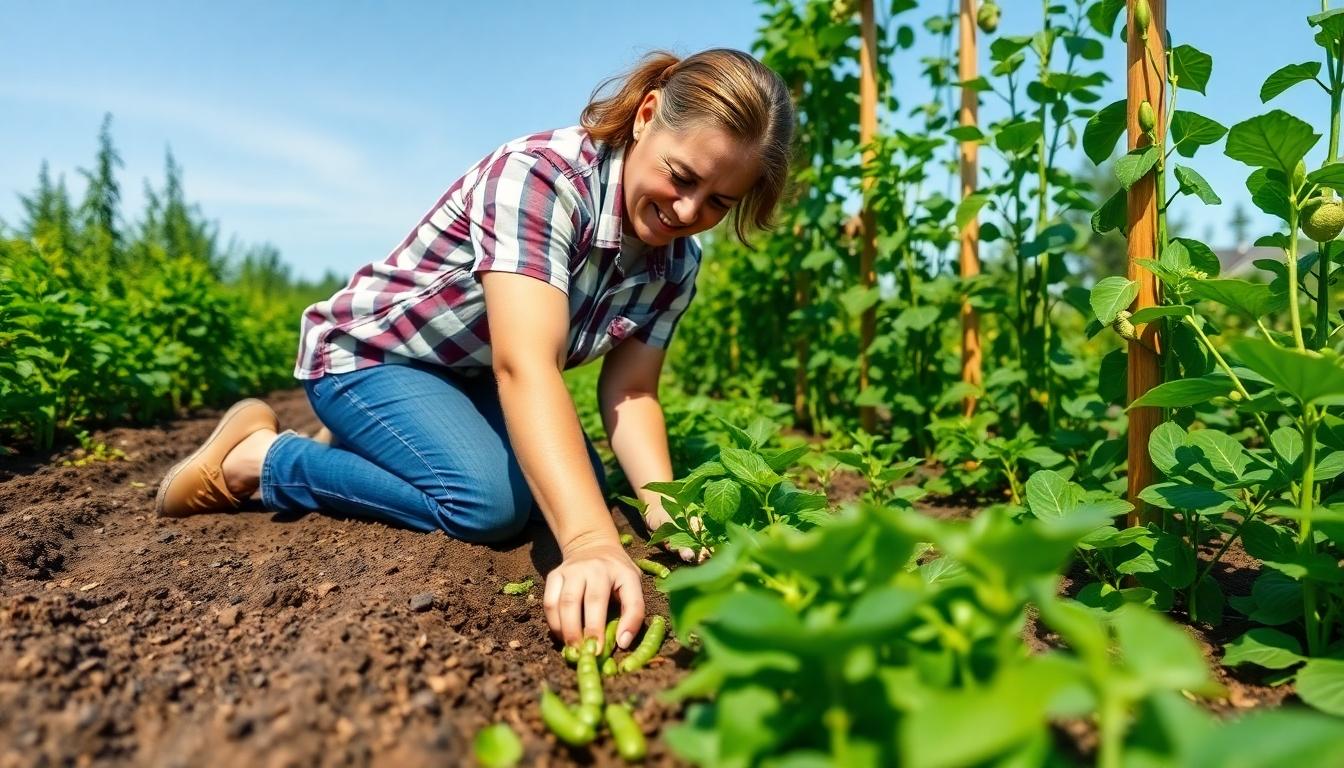
![WindscreenSupplyCo] 40% 6' x 100 FT Eyelets Shade Cloth Roll](https://m.media-amazon.com/images/I/51rSxxBEBfL._SL500_.jpg)




